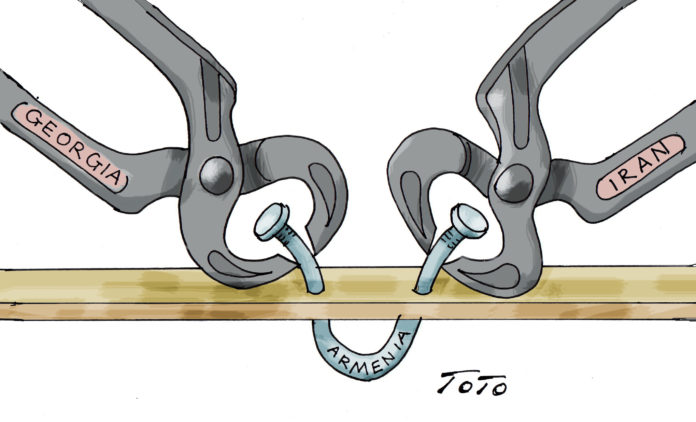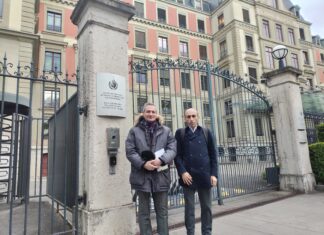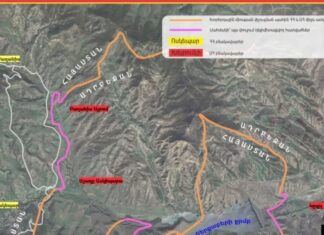Following the Velvet Revolution, Armenia has been consolidating its domestic stability, improving its economy and recalibrating its foreign policy. But Armenia’s prosperity is at the mercy of its interactions with the outside world.
As a consequence of the blockade imposed by Turkey and Azerbaijan, Armenia’s choices have become dramatically restricted. In fact, only two neighbors remain which allow Armenia to communicate and trade with the rest of the world: Iran and Georgia.
Ironically, both countries are gripped by internal turmoil and instability concurrently and Armenia is caught in the pincer of those events.
Certainly, there have been no hostile actions by those countries against Armenia, but their internal problems will spill over to affect Armenia.
The riots in Iran are caused by bread-and-butter issues, triggered by the sudden increase in the price of gasoline by 50 percent. In Georgia, the problems stem from the more abstract issues of democracy and electoral reforms. At this time, the causes are not as important from the Armenian perspective as the consequences of the riots in the two countries.
Destabilization in Iran not only impacts Armenia but will have a tectonic effect throughout the region.










